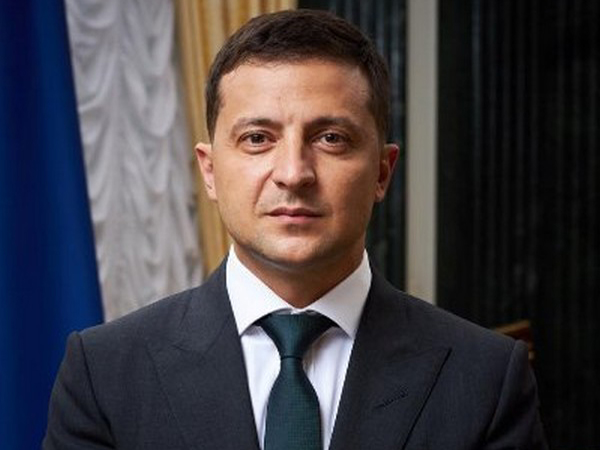'Very risky': Israel faces months-long campaign against Hamas tunnels
Nov 14, 2023

Tel Aviv [Israel], November 14: As Israeli forces advance forward in northern Gaza, they are also aiming deeper. Their target, a labyrinth of tunnels that the Palestinian armed group Hamas has meticulously crafted throughout the years to build up the core system of its operations.
But while the Israeli military met few obstacles in pounding the besieged strip for more than a month, experts suggest that eliminating the underground spiderweb of tunnels could present its army with far greater challenges.
"It would be a slow, grinding, months-long task to reduce them entirely, and probably the digging will go on as the [Israeli army] tries," said Richard Outzen, non-resident senior fellow at the Atlantic Council in Turkey and senior fellow at the Jamestown Foundation, a defence policy think tank.
While few know the full extent of what some Israeli officials call the "metro", the tunnels are believed to cross the entire enclave for hundreds of kilometres, with experts estimating a depth between a range of 15 to 60 metres (50 to 200 feet). In 2021, the Israeli army said that there were 300km (186 miles) of tunnels running under the strip.
Some of these are serviced with oxygen tanks, water pipes and electricity lights. An exclusive video from Al Jazeera Arabic from 2021 shows concrete-reinforced corridors leading to an underground office with a functioning phone line and rooms storing weapons.
The system is believed to have a periphery, with shallower tunnels easier to destroy from the surface, and a core which is where the commando centres, weapons storages, missiles and, more recently, some of the about 240 Israeli captives taken by Hamas, are believed to be. Tunnels allow fighters to conduct surprise attacks and to move quickly across the strip without Israeli eyes being able to trace them.
"One of the main efforts of Hamas for the past 17 years was digging tunnels that would make them resilient, this was not a side activity," said Andreas Krieg, associate professor at the defence studies department at King's College London. And what works above ground, does not underneath. "Israel has the technology advantage for everything, but they have been lured into a low-technology war where that competitive advantage is undone the moment they have to go underground," he added.
The existing system today is the result of more than two decades of work, starting from the 1980s when tunnels were passages used to smuggle goods from Egypt, said Joel Roskin, a geomorphologist at the Bar-Ilan University in Ramat Gan, Israel, who has long been studying tunnels in Gaza.
Farmers from the area used to dig wells to reach underground water for their fields - a know-how that was then applied to excavate deeper for tunnels. The coastal strip's soil was easy to carve. "It's not stone, but sediment made of sand and clay - it goes down metres so it's easy to dig," Roskin said.
The first sign that tunnels were being used also by armed groups was in 2001 when an Israeli military post was blown up with an explosive coming from below ground. But it was five years later that the mysterious tunnels breached Israeli public consciousness when Palestinian fighters emerged from a shaft and kidnapped Israeli soldier Gilad Shalit.
Source: Qatar Tribune









